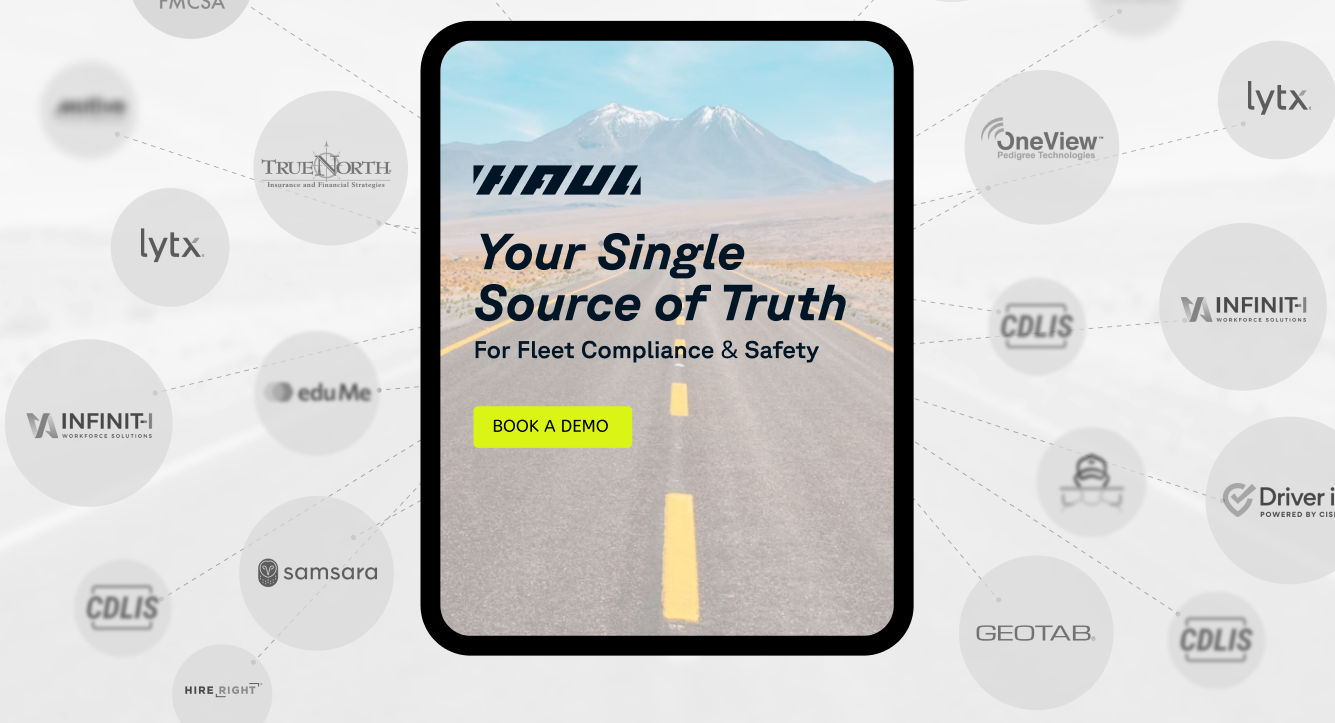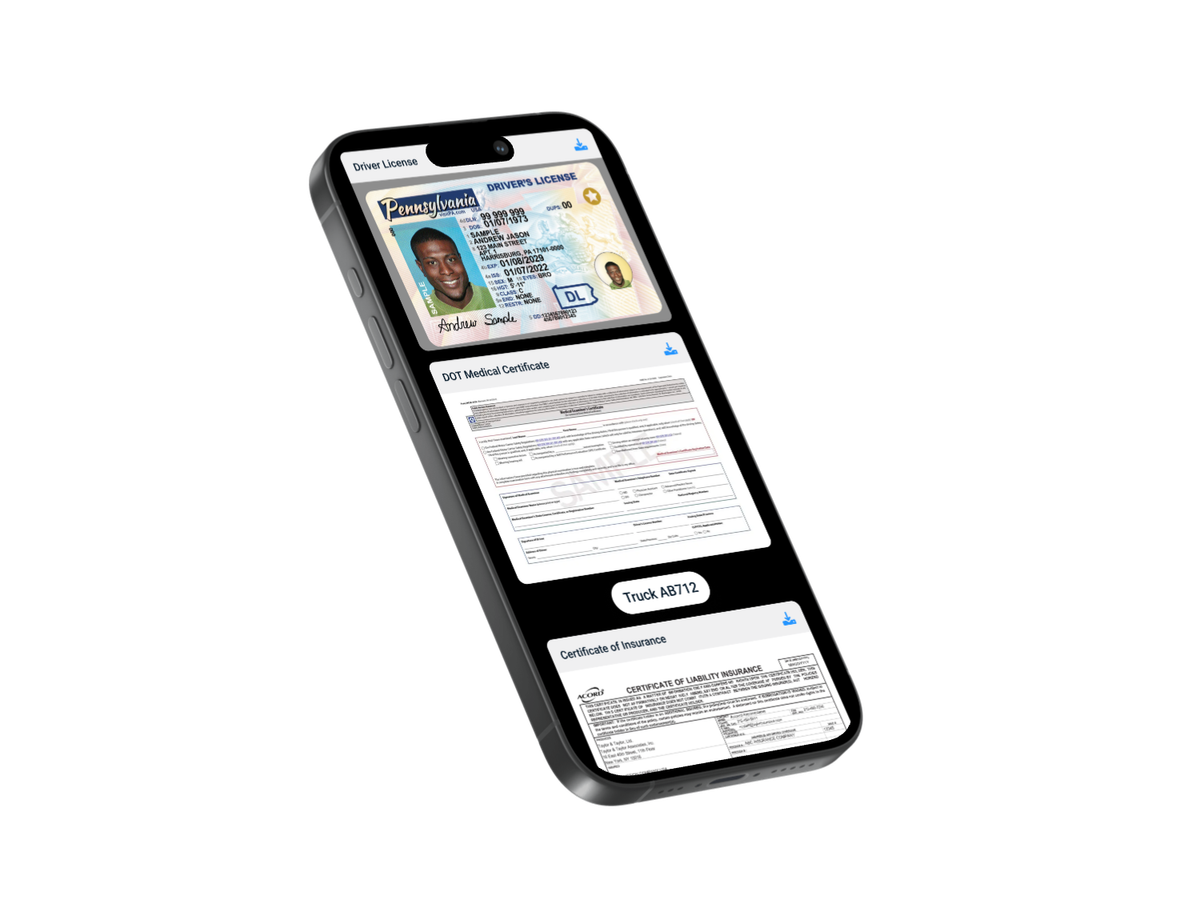Understanding the Importance of DOT Inspection

In the world of fleet management and logistics, staying ahead of compliance requirements is not just a necessity—it's a strategic advantage. The Department of Transportation (DOT) inspection is a crucial aspect of ensuring that commercial fleets operate safely and efficiently on America's roads. This article delves into the importance of DOT inspections, highlighting the requirements for the DOT inspection sticker, and offering insights into managing the complexities of compliance, safety, and risk.
What is a DOT Inspection?

by Ivan Bandura (https://unsplash.com/@unstable_affliction)
A DOT inspection is an official check conducted by the Department of Transportation to ensure that all commercial vehicles meet the federal safety standards. These inspections cover a wide range of safety checks, including brakes, lights, steering, tires, and more. They are designed to ensure that the vehicle is in good working order and that it will not pose a threat to the driver, passengers, or other road users.

Types of DOT Inspections
The DOT conducts different types of inspections, each with specific focus areas:
- Level I: North American Standard Inspection - The most comprehensive inspection, covering both driver and vehicle checks.
- Level II: Walk-Around Driver/Vehicle Inspection - Similar to Level I but without checking under the vehicle.
- Level III: Driver-Only Inspection - Focuses solely on the driver’s credentials and documents.
- Level IV: Special Inspections - Typically a one-time inspection to support a study or verify a specific issue.
- Level V: Vehicle-Only Inspection - Conducted without the driver present, often at the fleet’s location.
- Level VI: Enhanced NAS Inspection for Radioactive Shipments - For vehicles transporting radioactive materials, includes Level I checks plus additional requirements.
DOT Inspection Sticker Requirements

The DOT inspection sticker is a visible confirmation that a commercial vehicle has passed the required safety checks. This sticker must be prominently displayed on the vehicle, usually on the driver-side door or window, and it signifies compliance with federal regulations.
Annual DOT Inspection Sticker Requirements
Annual DOT inspections are mandatory for commercial vehicles weighing more than 10,000 pounds. The sticker indicates that the vehicle has been inspected and met all federal safety standards. The requirements include:
- Documentation: The inspection report should be maintained in the vehicle and with the fleet management for at least one year.
- Inspection Criteria: The inspection must cover all critical safety components as outlined in the Federal Motor Carrier Safety Regulations (FMCSR).
- Inspector Qualifications: Only qualified inspectors can perform and sign off on the inspection. They must have the necessary training and knowledge to conduct thorough checks.
The Role of Technology in DOT Inspections
Incorporating technology into fleet management can streamline the DOT inspection process, ensuring compliance and enhancing operational efficiency. Here’s how technology can help:
Real-Time Data Integration
With advancements in telematics and fleet management software, fleet managers can now integrate real-time data from various sources to monitor vehicle health and compliance status. This integration offers immediate alerts on any issues that might require attention, reducing the risk of non-compliance and enhancing safety.
Predictive Maintenance

by Hannah Wright (https://unsplash.com/@hannahwrightdesigner)
Predictive maintenance uses data analytics to forecast potential vehicle failures before they occur. By addressing these issues proactively, fleet managers can ensure that their vehicles are always in top condition, ready to pass DOT inspections with flying colors.
Digital Inspection Checklists
Digital checklists simplify the pre-inspection process for drivers and fleet managers alike. These checklists can be customized to include all necessary inspection points, ensuring that nothing is overlooked during routine checks.

Ensuring Compliance, Safety, and Risk Management
For fleet managers, logistics directors, and risk management officers, understanding and managing the complexities of compliance, safety, and risk is paramount. Here are some strategies to consider:

Comprehensive Training Programs
Invest in training programs for drivers and maintenance staff to ensure they understand the importance of DOT inspections and are equipped to maintain compliance. Regular training updates can help keep your team informed about the latest regulations and best practices.
Foster Transparency and Partnership
Building a culture of transparency and partnership within your fleet operations encourages open communication and accountability. This approach can lead to more efficient operations and better compliance outcomes.
Continuous Improvement
Adopt a mindset of continuous improvement, regularly reviewing and refining your compliance and safety processes. By staying proactive, you can mitigate risks and ensure that your fleet remains compliant with DOT regulations.
Conclusion
Understanding the importance of DOT inspections is crucial for anyone involved in fleet management and logistics. By adhering to DOT inspection sticker requirements and leveraging technology to streamline the process, fleet managers can ensure compliance, improve safety, and enhance operational efficiency.
As a seasoned professional in the field, your commitment to safety, innovation, and partnership will not only keep your fleet on the road but also contribute to a safer and more efficient transportation network across the country. Embrace the opportunities that DOT inspections present, and lead your fleet toward a future of compliance and success.


